In 1820, Oster discovered the magnetic effect of current, and published the paper "Experiments on the Effect of Electric Conflict on Magnetic Needles", which was published in the world. This discovery greatly shocked the European physics community, and subsequently led to the emergence of a large number of experimental results, which opened up a new field of research in electromagnetism. Electromagnetics is the theoretical basis of electric motors, and it is based on the theoretical guidance of this discipline that people begin to consider how to convert electrical energy into kinetic energy. From 1821 to 1825, Ampère made experiments on the interaction of electric current, and derived the formula of the interaction force between two electric current elements. In 1827, Ampere's monograph "The Mathematical Theory of Electrodynamic Phenomenon" was published, which included his research results on electromagnetic phenomena. . In honor of Ampere's outstanding contribution to electricity, the unit of current was named after his surname, Ampere. In the same year, Ohm discovered the resistance characteristic between voltage and current in a conductor, and put forward the famous Ohm's law, so people named the unit of resistance after his surname.
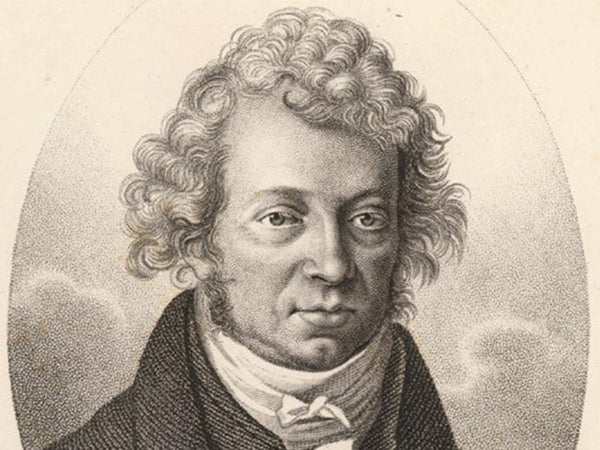
From 1821, Faraday Φ began a arduous exploration. Through a large number of experiments, he realized the conversion of electromagnetic motion to the motion of the machine, established a laboratory model of the motor, and discovered the law of electromagnetic induction in 1831. This epoch-making great discovery enables human beings to master the mutual transformation of electromagnetic motion and the mutual transformation of mechanical energy and electrical energy, which is the basis of modern generator, motor and transformer technology.
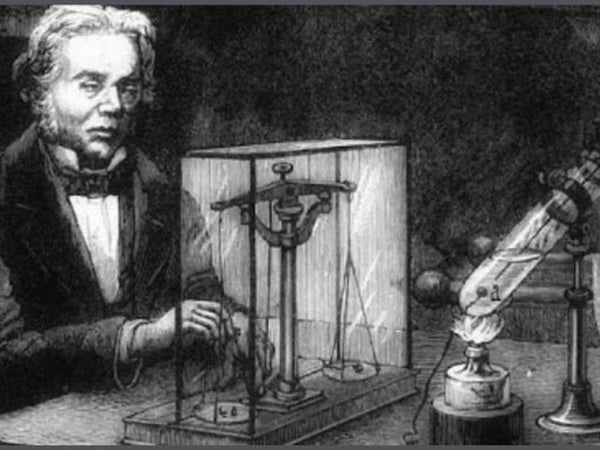
After Faraday, many people have conducted similar experimental studies on electric motors. One of the most outstanding achievements is the American electrician Henry. In 1829, he successfully innovated the electromagnet, and then devoted himself to the research of electric motor. In 1831, he trial-produced an experimental model of an electric motor. He applied the electromagnet to the motor, and the magnetic energy generated was larger, so the corresponding kinetic energy was also larger than that of the Faraday motor. Henry's experimental model of the electric motor greatly improved the Faraday motor and took an important step towards the development of practical electric motors.
In 1832, Pixar applied Faraday's law of electromagnetic induction to demonstrate the working principle of the electric motor at the Paris Academy of Sciences, which was the first appearance of the electric motor. In the same year, Gauss introduced a series of measurement units to characterize magnetic phenomena.

In 1834, Jacobi made some important innovations to the experimental model of Henry's motor, changing the horizontal electromagnet to a rotating armature, and adding a commutator. The first prototype was installed in May of the same year. Jacobi first turned the Henry's motor experimental model into a practical motor, so that the motor completed the transformation from the experimental model to the practical motor.
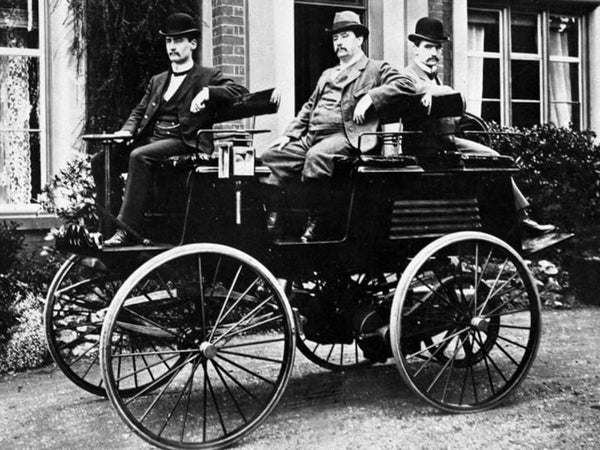
In the early days of the development of electric vehicles, an electric vehicle was understood as a vehicle powered by a battery, that is, a vehicle powered by a battery and driven by an electric motor. The key technology of electric vehicles lies in batteries and electric motors. The battery supplies power to the on-board electric motor, which determines how far a vehicle can run (cruising range), and the performance of the electric motor determines the dynamic characteristics of the vehicle. In the growth process of electric vehicles, every advancement in battery and electric motor technology has more or less promoted the development of electric vehicles.
According to records, the first electric car was invented by Anderson between 1832 and 1839. The battery used in this electric vehicle is relatively simple and cannot be recharged. Subsequently, Sterling applied Faraday's electromagnetic induction principle to assemble an electric tricycle. The application of the electromagnetic induction principle to this electric vehicle opened the door to the application of new technologies in electric vehicles.
At the same time, the continuous development and improvement of early electric motors also gave birth to and promoted the emergence of various early electric vehicles. In 1834, Jacobi applied electromagnetic principles to do such an experiment. A six-arm wheel was installed in the middle of two U-shaped electromagnets, and each arm had two rod-shaped magnets. Mutual attraction and repulsion, drive the axle to rotate. Based on the results of this experiment, Jacobi built an electric motor, equipped with 320 denier batteries, mounted on a dinghy, and made the first voyage on the Elbe in 1838. However, the commercial value of the Jacobi motor was not large, and at that time, only disposable batteries could be used as vehicle power supplies, and the application cost was too high. The real practical electric car was built in 1842 by Davenport and Davidson.
In 1847, Farmer built the first battery-powered, two-person trackless electric car. He mounted the electric motor on a wheeler, powered by 48 Grove batteries. It was the first electric car in the United States known to the world.
In addition, Siemens played a non-negligible role in the development of early electric vehicles. In 1866, Siemens proposed the working principle of generators and invented the first generator and the first DC motor. These technologies soon led to the use of electric trains (1879), elevators (1880), trams (1881) and trolleybuses (1882) in Germany.
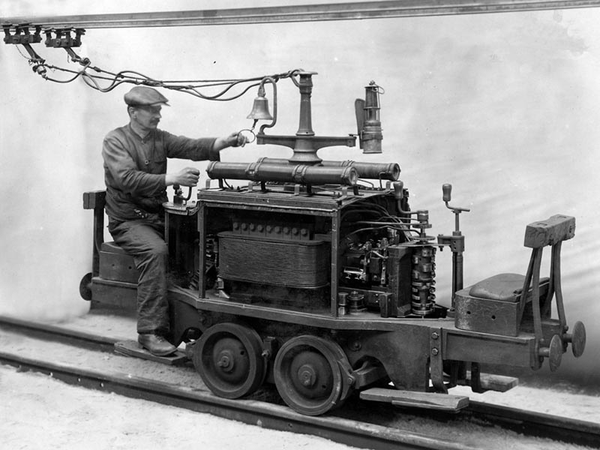
In 1873, Davidson produced the world's first practical electric truck, 4.8 meters long and 1.8 meters wide, using a disposable battery that reacts with iron, zinc, amalgam and sulfuric acid. In 1880, the advent of rechargeable and rechargeable batteries made a big step forward in electric vehicle technology. The driving mileage was greatly improved, the practicability was further enhanced, and the demand for electric vehicles also increased to a certain extent.
The early electric vehicles were actually refitted from horse-drawn carriages or three-wheeled bicycles that were popular at the time, but only added a power device composed of electric motors and batteries, which was less practical. For example, the power plant of the Trove electric tricycle is composed of an electric motor and six lead-acid batteries. After adding the crew, the total weight is 160 kilograms, and the speed is only 12 kilometers per hour. In 1881, the electric tricycle caused quite a stir when it was exhibited at the International Electrical Exhibition in Paris. In 1882, Aton and Perry also made an electric tricycle powered by a lead-acid battery and driven by a DC motor, and the car was also equipped with lights. The total weight of the electric car is 168 kg, and the speed is increased to 14.5 kilometers per hour. Truff, Aton and Perry, the three pioneers of electric vehicles, created a precedent for private electric vehicles in the era when fuel vehicles had not yet come out and horses, mules, donkeys, and cattle were used as power sources. Development plays an extremely important role in promoting.
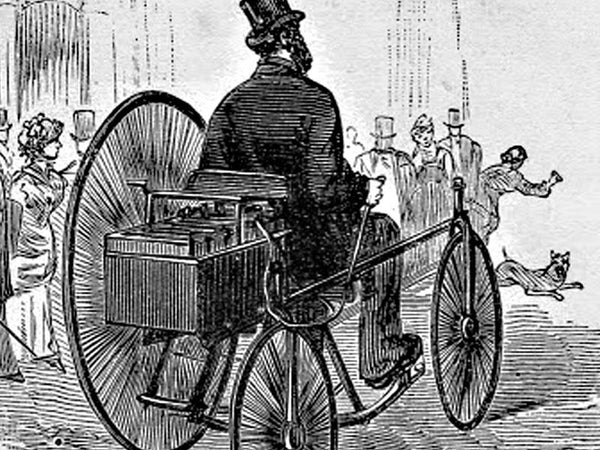
Also in 1882, the first wired electric car drove on the streets of Berlin. This is a hunting vehicle with large diameter wheels, powered by roof wires. It can be said to be the originator of all wired trams.
In 1887, the Englishman Volker also made an electric three-wheeled light car. While the car isn't as powerful compared to Aton and Perry's electric trikes, it uses a balance shaft for more nimble speed transitions. Later, Volcker also modified the car accordingly and dedicated it to the King of Turkey. The weight of the modified vehicle is 499 kg, and the speed is increased to 16 kilometers per hour.
Then in 1890, Rick made America's first electric tricycle. In 1891, Morris made the first electric four-wheeled vehicle, realizing the transition from three-wheeled to four-wheeled, which can be said to be a cone of modern automobiles.
In 1897, the first electric fire truck came out in Nuremberg, Germany. The fire truck applies the same clutch, which can realize the switching between the two working states of "water pump water supply" and "driving". A number of similar electric fire trucks were introduced later in Berlin, using in-wheel motors.
At the beginning of the 20th century, electric vehicles began to enter the commercialization stage. The United States first realized the commercial operation of early electric vehicles, becoming the country with the fastest development and the most widely used electric vehicles. Coincidentally, European countries are not to be outdone, and there are electric vehicles in the fields of fire protection and rental. There are 13 related manufacturers of electric vehicles in Berlin, Germany alone. At the same time, there are also many battery manufacturers supporting the production of special batteries for electric vehicle manufacturers. The first electric car retains traces of the carriage structure, while the second-generation electric car developed by the Germans has a dedicated motor box, which is similar to the structure of the internal combustion engine car developed in parallel at that time, except that the battery is placed in the motor box.
In the following years, various electric vehicles in Europe and the United States emerged one after another and performed well in various expositions and auto shows. This period was the first golden period for the development of electric vehicles. If the "wheel revolution" freed the dream of human beings to move freely, then the appearance of the first electric vehicle pointed out a direction for this beautiful dream. Although the early electric vehicles were backward in terms of technology and driving performance, they were not in line with those of the time. Compared with fuel vehicles, the early electric vehicles were unanimously regarded as low noise, no exhaust emission, and irreplaceable comprehensive advantages. The emergence of electric vehicles is a revolutionary exploration of transportation by human society, which is of epoch-making significance.
















